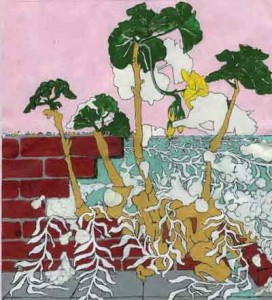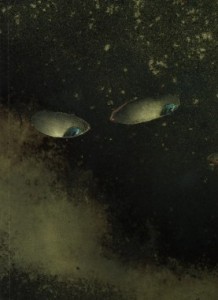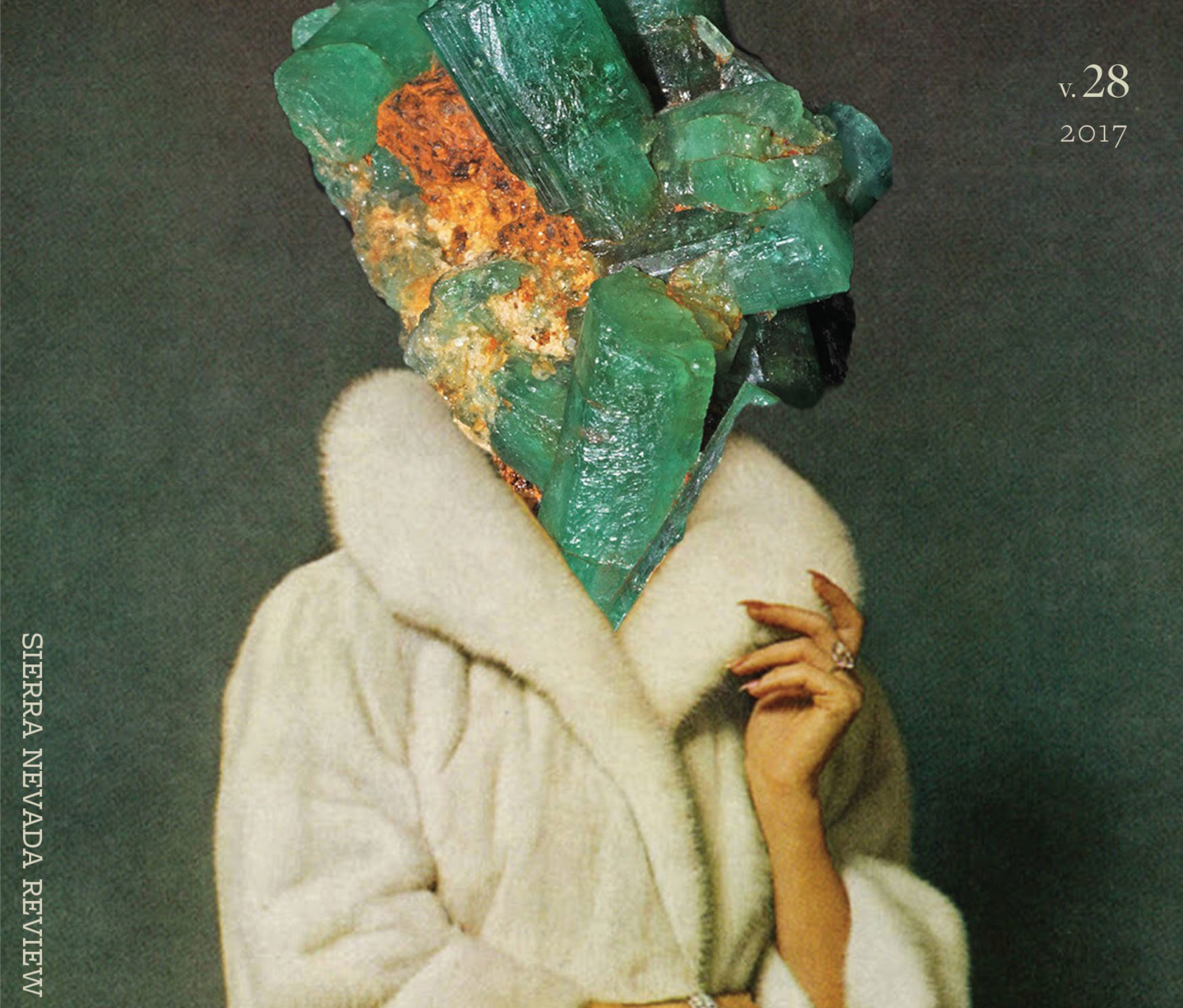by Laurie Macfee
Area Sneaks
Published by Poetic Research Bureau
$15.00 per issue
Los Angeles, CA
www.areasneaks.com
ISBN 1939-4152
I just finished writing about The Georgia Review, one of the US’s “finer literary journals.” It is elegant and timeless. I wanted to take time to look at another part of the spectrum with a journal published in Los Angeles called Area Sneaks. Two issues fell into my hands earlier this month, one from 2008 and the other from 2009. If The Georgia Review is a Merchant Ivory film, then Area Sneaks is an early David Lynch spectacular.
But perhaps that is not a fair comparison. The two journals have different reasons for being: one has published the best of literary tradition for almost 70 years, and was 5th in Pushcart Prize ratings for poetry last year, 6th in fiction. The other is a cutting edge, pop-up, art-lit mag with completely different aims, as outlined on their website:
AREASNEAKS, a new print and online journal, seeks to touch the live wire where language and visual art meet…. Gertrude Stein’s Paris artist salon, Velemir Khlebnikov and Vladimir Tatlin’s constructive collaboration, Bernadette Mayer and Vito Acconci’s editorial partnership, Augusto de Campos’s concrete engagement with Brazilian modernism and Mike Kelley’s interest in systems of literary knowledge have each provided potential models of positive exchange between artists and writers. AREA SNEAKS hopes to maintain this dialogue by creating a fellowship of discourse within an open community of contemporary artists and writers.
Belatedly, I found out these are the only two issues produced. Which is entirely too bad, as it seems the editors Joseph Mosconi and Rita Gonzalez were stirring up a wicked and fearless brew.

In the first issue alone there is a 22 pg interview between visual artist Stephanie Taylor with Kathryn Andrews and Michael Ned Holt, which features her sound/photo/sculptural installations in Berlin, creating a narrative over time. There is a new, “Improvisational Score,” by Sawako Nakayasu, a stunning performance poetry piece. You will find the 16 pg “Tearoom Texts: Project,” by William E. Jones, that presents research and clandestine documentary footage shot by police, leading to a crack down on public homosexual sex in the 1960s. There is a 24 pg translated and layered poem, “The Cape of Good Hope,” by French poet Emmanuel Hocquard, written in 18 parts, as well as a prose poem in segments by experimental writer/artist K. Lorraine Graham, which stretches to 7 pages.
Area Sneaks isn’t afraid of length, or depth. It is not afraid of grainy photographs of men having sex in a public bathroom in Mansfield, Ohio. It unabashedly embraces the concept of hybrid. It lives in a world where there aren’t as many rules, or perhaps the rules are made to be broken. The second issue includes visual poetry experiments, a visual poetry forum, news drawings, and an essay entitled, “From Man’s Wars and Wickedness: A Book of Proposed Remedies and Extreme Formulations for Curing Hostility, Rivalry, and Ill Will”. Artists interview writers, writers talk with artists; writers use images, artists use words in their compositions, or they work together in collaboration and present image and text side by side. It is part art journal, part lit mag, and part wonderful.
This may be a “temporary” magazine project that may pop back up at another time, but it looks and feels weighty, and substantial. The matte text paper is of beautiful quality, the reproductions are clean, the covers have full-bleed artwork with no title, except on the spine. The back covers feature a list of artists and authors, the title, and the issue number.
Speaking of lists, another thing Area Sneaks is not afraid of: women. In the first issue, seven women were represented out of 18 contributors, or 38%. But in the second issue, out of 29 contributors, 14 were women, or an increase to 48%. Contrast that to The Georgia Review’s paltry 25% representation of female writers in the pages of last summer’s issue.
Interestingly, Area Sneaks is also a participating partner of the Poetic Research Bureau (http://www.poeticresearch.com), or perhaps it is better to say that the PRB is a literary umbrella for projects such as Area Sneaks. About the Bureau (from their website):
As a research bloc, the PRB attempts to cultivate composition, publication and distribution strategies that enlarge the public domain. It favors appropriations, impersonations, ‘compost’ poetries, belated conversations, unprintable jokes and doodles, ‘unoriginal’ literature, historical thefts and pastiche. The publication emphasis is on ephemeral works, short-run magazines and folios, short-lived reprints and excerpts in print-on-demand formats, and the occasional literary fetish objects of stupidly incomparable price and value.
Hidden in the center is the phrase “short-run magazines.” I hope they mean the print run of Area Sneaks is short, that each of these issues is a treasure to be hoarded, and not that that the magazine itself is short-run, or on the way out. Since the last issue was four years ago, that may be the case. [see postscript]

Creating these epic intersections of people and their passions – a community of discourse – must have been a herculean labor of love. It provides a model of what is possible between visual/written/spoken languages. Like all real relationships, or conversations, it is messy and occasionally unsuccessful. But it is in the reaching out, in the making of the bridge, that this journal succeeds wildly. Each of these two issues of Area Sneaks is itself a collaborative art piece. I hope Mosconi and Rodriguez have had a nice hiatus and can get back to it soon, with renewed vigor.
Area Sneaks makes more things possible. Area Sneaks is dead. Long live Area Sneaks.
[postscript: Area Sneaks lives! I wrote to the editor, Joseph Mosconi, to check on what short-run might mean. He got back to me to say they are working on new issues:
“we’re going to focus on less expensive zine-like editions, each with an artist and writer collaboration, interview or pairing, that we can publish on an ad-hoc basis as we receive the submissions. They can then be collected in a box set once the number of editions (10 or so) are complete, and that will complete the third issue. They will be printed and for sale but also appear as free downloadable PDFs. Look for the first ones in January.”
So after the New Year’s bubbly has worn off, check in with www.areasneaks.com! Or better yet, find an artist to collaborate with and send in a submission…]
